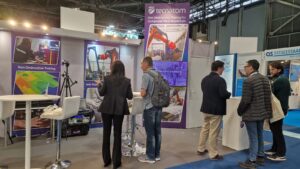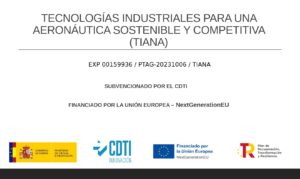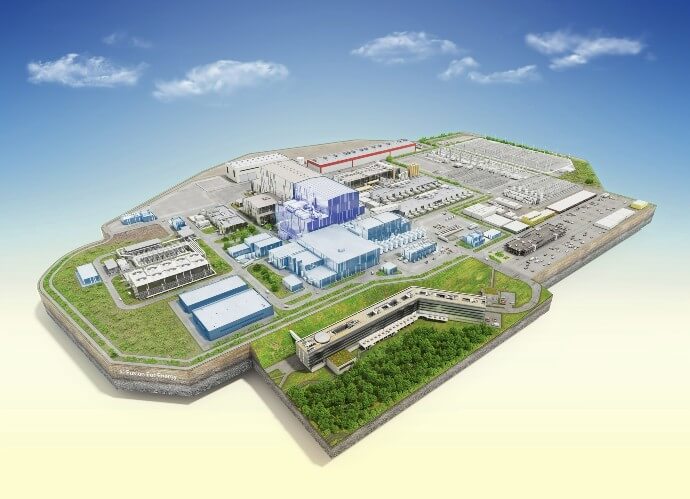The nuclear power industry is opting for novelty reactor designs (for example SMR’s or Small Modular Reactors) that break away from previous trends and technologies. These new designs are in different stages of development and some, in countries such as Canada and the United States, are already in the licensing phase, setting their sights on commercial operation.
The new reactor designs introduce new operational concepts that have a direct impact on Human Factors Engineering (HFE) analyses.
Aspects such as the tasks performed by the operations personnel or their roles or the missions and functions of the plant require new analyses. Within this scenario, the proper integration of an HFE programme combined with all other engineering activities plays a particularly important role in the licensing process.
With a view to including the HFE programme, a plan should be drawn up with the most important activities to be carried out throughout the licensing process, which may last years. The general objective is to ensure that all man-machine interactions are accomplished on the basis of a suitable approach and reasoning.
Benefits of Human Factors Engineering in licensing
In licensing processes, human factors engineering maintains its ‘traditional’ benefits of minimising the risk of human error, enhancing efficient interaction between man and machine, while providing other advantages, such as the following:
- Improved level and strategy of the automation of processes influenced by the results of Function Allocation(1)
- Increased coherence between the operating procedures and Task Analysis(2)
- Alignment of the training plan with the conclusions of Task Analysis and Staffing and Qualification analysis(3)
- Enhancement of detailed design by taking into account the results of all HFE analyses.

If any of these project tasks were undertaken without considering the conclusions drawn from HFE analysis, this might lead to erroneous results, inefficient display and operating station designs and, ultimately, the need to repeat work.
Consequently, it is essential that there be a human factors engineering programme in place from the very earliest stages of the project, or even in the phases prior to a specific project, such as design licensing. The benefits achieved are applicable both to optimisation of the licensing process and to the achievement of a better control room and operating screen design. The characteristics of an enhanced design will also pave the way to greater safety and even to cost reductions, these benefits will be replicated in all the projects in which the design is used.
As a world reference in Human Factors Engineering, Tecnatom is increasingly involved in projects for the licensing of new reactors.
(1)FUNCTION ALLOCATION: task performed within the framework of HFE analysis that determines which agent (operator and/or automatic system) is responsible for the performance of certain functions.
(2)TASK ANALYSIS: task performed within the framework of HFE analysis that breaks down the work of the operators to the level of actuation of individual items of equipment in order to determine the minimum requirements to be met by an interface.
(3)STAFFING AND QUALIFICATION ANALYSIS: task performed within the framework of HFE analysis that defines the number of operators and the know-how demanded of the operating personnel.
Authors: Javier Medrano and Borja Hervás.







